10 Proven Ways to Drive Traffic to Your Shopify Store in 2026
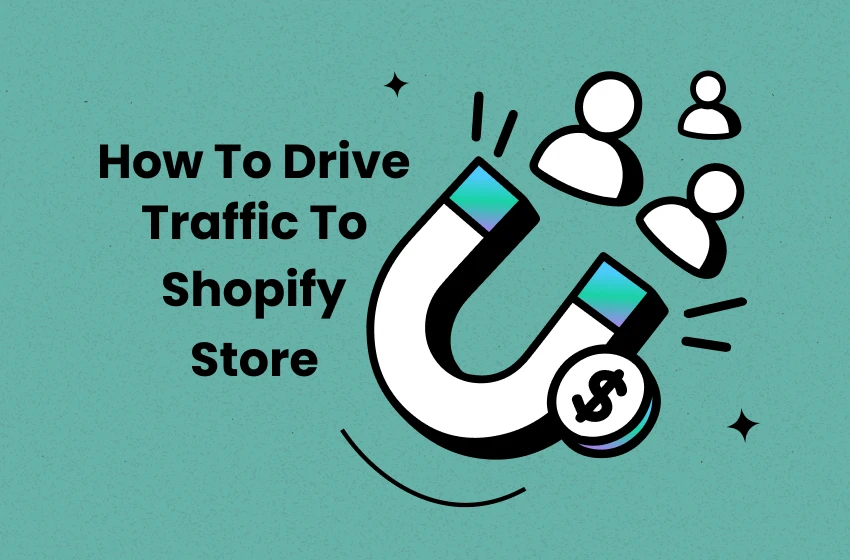
Growing traffic is the first step to building a profitable Shopify business. But not all traffic is equal — the right visitors are those who actually buy.
In this guide, we’ll walk you through 10 proven ways to attract more visitors to your Shopify store, including both free and paid traffic strategies that convert.
10 Best Strategies to Grow Shopify Traffic
Free Traffic
1. Sync Product Feeds with Shopping Free Listings
One of the quickest ways to promote your Shopify store is through Google Shopping Listings. These listings show your product's details including titles, descriptions, and images — directly in Google Search, the Shopping tab, Google Maps, YouTube, Google Images, Gemini, and even Google Lens.
When you create a new account in Google Merchant Center, you’re automatically opted into free listings. This means your products can appear across multiple Google platforms at no cost. Just keep in mind that free listings only display information from your product pages — not from other parts of your site like your homepage, policy pages, or category collections.

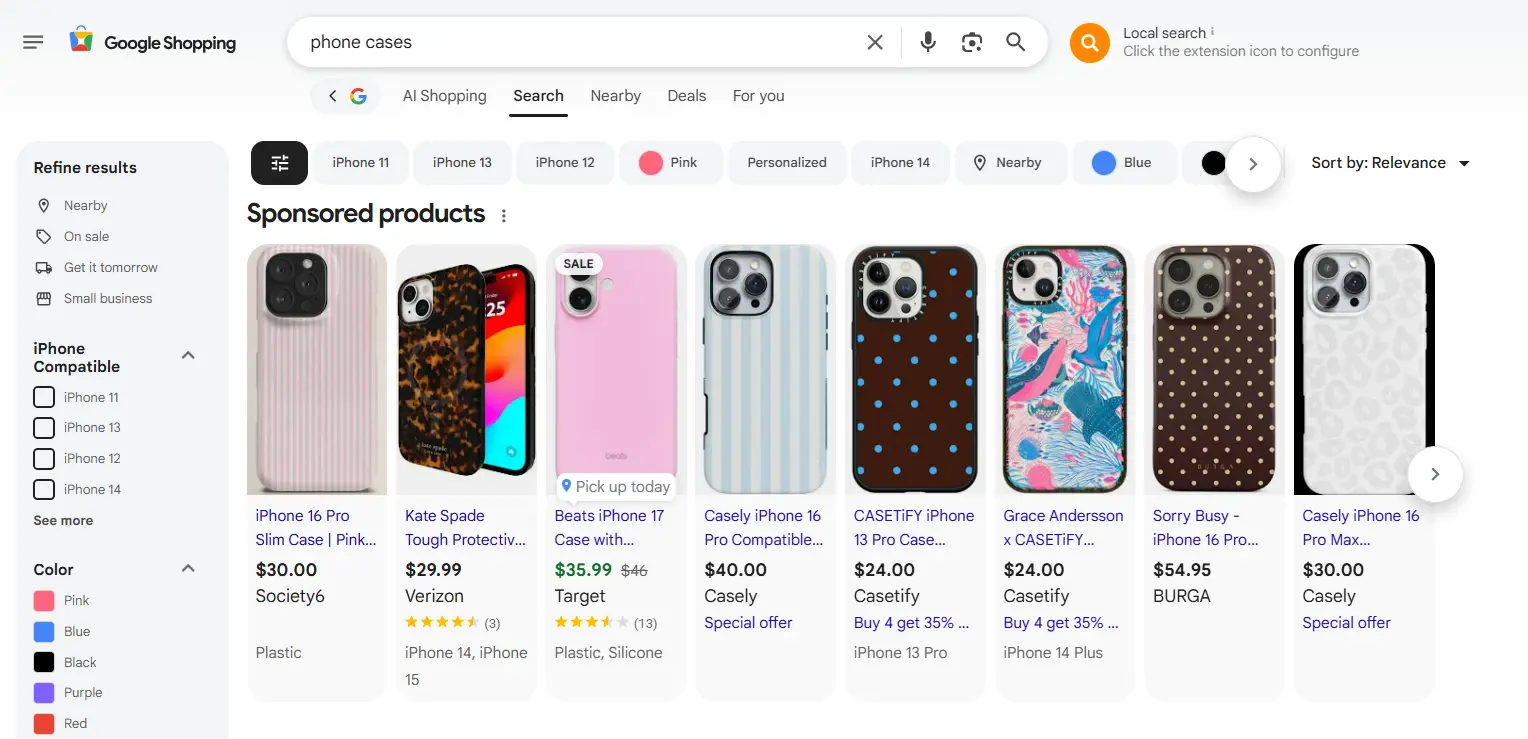
2. Utilize Organic Search Traffic
Shopify SEO is when a visitor lands on Shopify store by clicking an unpaid link in a search engine results page. In other words, it’s the free traffic you earn through search engines like Google or Bing — often from visitors with high purchase intent, actively looking for the type of products you sell.
That said, attracting organic traffic takes time and consistent effort in search engine optimization such as optimizing your product pages, metadata, and site structure to help Google understand and trust your store, so they can rank your site for relevant queries and attract those high-intent traffic.


3. Utilize Large Language Models (LLM)
More and more people rely on AI platforms over search engines for shopping advice, making tools like ChatGPT, Perplexity, and Gemini a valuable source of free traffic.
Here’s how it works: if your product shows up in an AI chat response—say for “best trail running shoes 2025”—it can be directly cited with a link, giving shoppers a quick overview and driving them straight to your store.

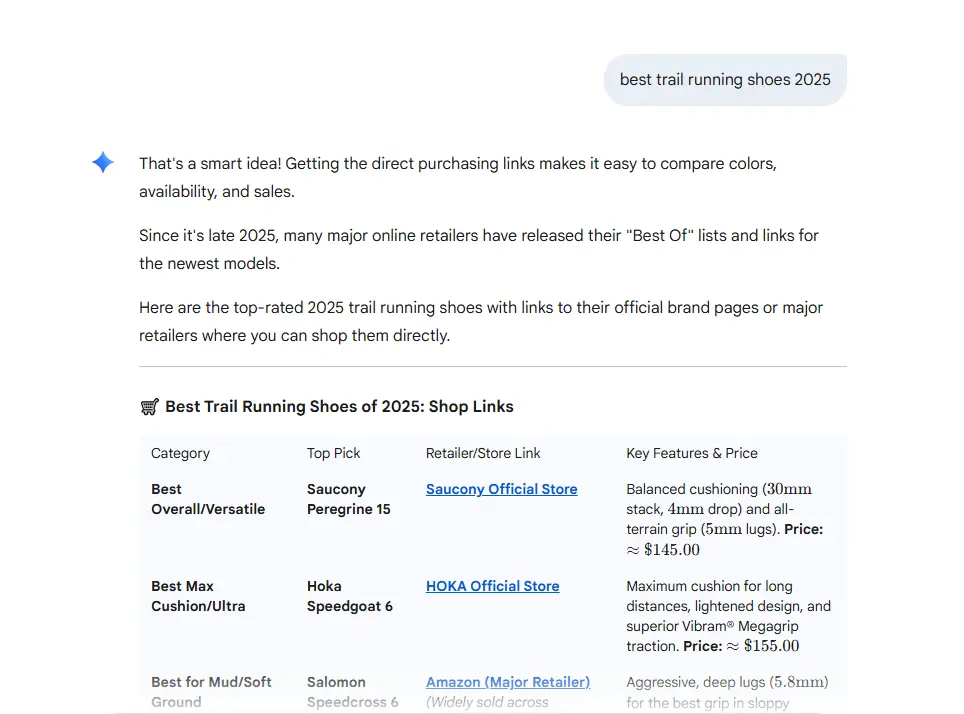
Always start by making sure your product pages are clear and informative: what it is, who it’s for, how it works, and why it’s worth buying.
Once they're all good, merchants should add customers' reviews and actively talk about your products from—literally everywhere. Because LLM like ChatGPT doesn't just pull product information from your website, it also checks Reddit threads, TikTok videos, YouTube comments, and more—so if no one’s talking about your products online, they won’t show up in AI results.
4. Grow Word-of-Mouth with a Referral Program
Another way to grow traffic is through word-of-mouth-marketing using a referral program—encourages your existing customers to spread the word by offering them a small incentive, such as a discount, gift card, or bonus points, when they refer someone new. Referrals can be to family, friends, or anyone on their network looking for a product like yours.
The key is to offer attractive rewards —people won’t share unless there’s a real benefit. Also, make sharing effortless: include referral links in post-purchase emails, thank-you pages, and customer accounts so promoting your store is as easy as a click.

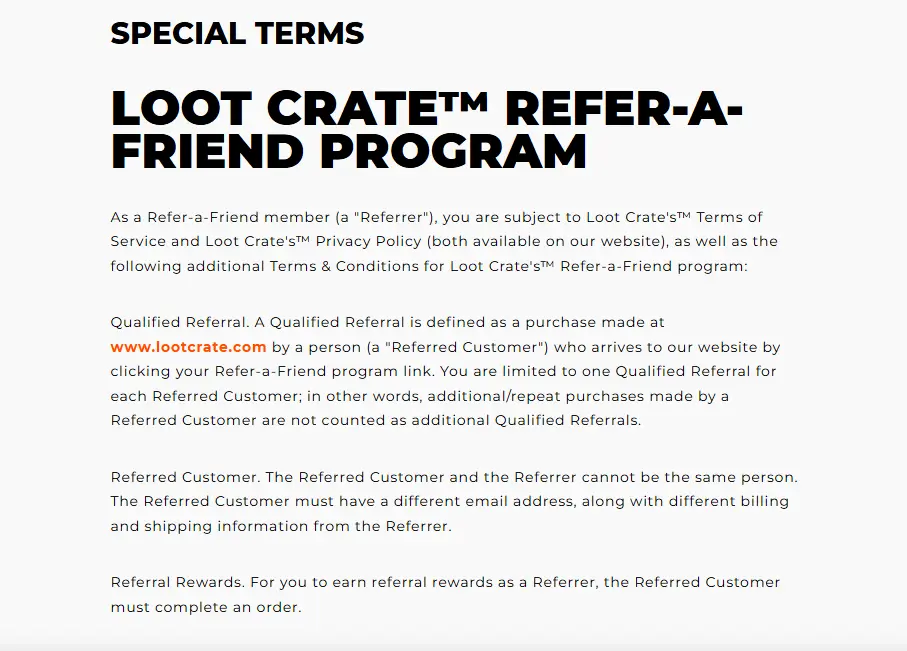
5. Be Active on Free Communities
Merchants can also join conversations in online communities related to your niche— from Reddit threads and Facebook Groups to Quora discussions — are filled with people who are already interested in topics relevant to your products. By offering helpful advice, answering questions, you can also subtly share links to your products when they’re relevant to the discussion.

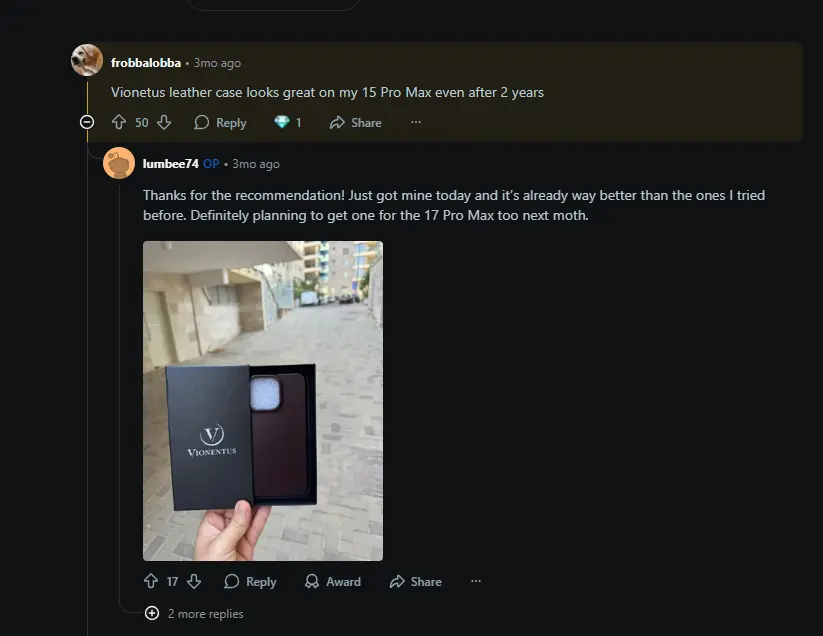
6. Produce Short Videos on YouTube or TikTok
In 2026, short-form video on TikTok/Youtube is one of the most effective ways to get your products in front of millions of potential customers. The beauty of these platforms is their ability to quickly go viral. By creating engaging, shareable videos that resonate with your target audience, you can dramatically increase your reach and attract a steady flow of visitors to your store.


7. Cross-Promote with Other Stores
It’s a free, mutually beneficial way to reach fresh audiences without spending on ads. And here’s how it can work perfectly for your Shopify store: First, partner with other non-competing Shopify stores that share a similar target audience. Then, you can swap banner placements, promote each other in newsletters, or post shout-outs on social media.


8. Grow In-Person / Offline Traffic
Don’t overlook offline opportunities. If you join local markets, pop-ups, or events, you can attract visitors to both your physical and online store. The best way is to use QR codes on packaging or posters to link people directly to your Shopify website. It’s a simple way to turn real-life interactions into online sales.

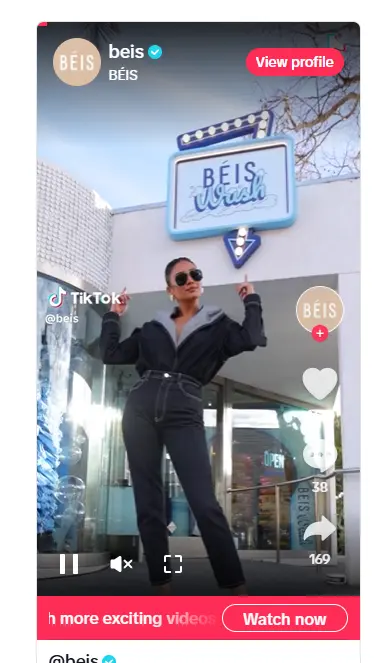
Paid Traffic
9. Run Paid Social Media Campaigns
Facebook, Instagram, and TikTok Ads remain high-performing marketing strategies for Shopify stores. They also offer powerful ad tools that allow you to target specific audiences based on interests, behaviors, demographics, and even past interactions with your brand. Remember to test multiple ad creatives and track conversions in Shopify’s analytics to identify which campaign delivers the highest ROI.


10. Run Email Marketing Campaigns
Email isn’t just for retention — it’s a traffic driver. Run paid campaigns to collect email leads through pop-ups or ads, then nurture them with product launches, limited-time offers, and educational content.
Once your list grows, your emails can bring steady repeat visitors to your site every week.

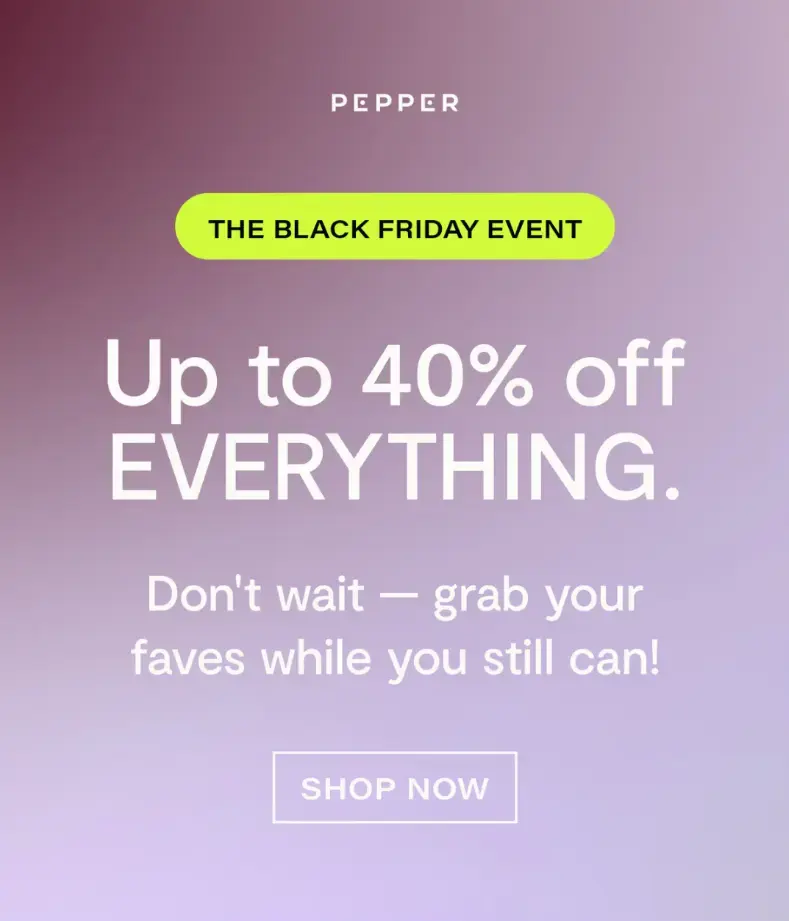
11. Attract Buyers with High-Intent PPC Ads
Google Search and Shopping ads target shoppers who are already looking for what you sell. Unlike social media ads, these users have high purchase intent. The key to success is to bid on keywords that match your niche and use conversion-focused landing pages. Even a small, well-targeted PPC campaign can bring immediate sales-ready traffic.


12. Partner with Influencers and Brand Ambassadors
Collaborating with influencers or micro-creators in your niche can quickly boost visibility. Their followers trust their recommendations — and that credibility drives real traffic. You can pay influencers, offer free products, or create affiliate programs where they earn a commission per sale.


13. Sponsor Niche Podcasts
Podcast sponsorships let you reach highly engaged, loyal listeners in your target market. Whether you sell skincare or gadgets, there’s likely a podcast whose audience fits your buyer profile.
Another strategy is to let fans support your podcast while promoting your brand by selling custom merchandise such as t-shirts, stickers, posters, mugs, tote bags, or journals. For example, The Viral Podcast hosts Chelcie Lynn and Paige Ginn sell humorous t-shirts and sweatshirts that they wear during video clips of their episodes.

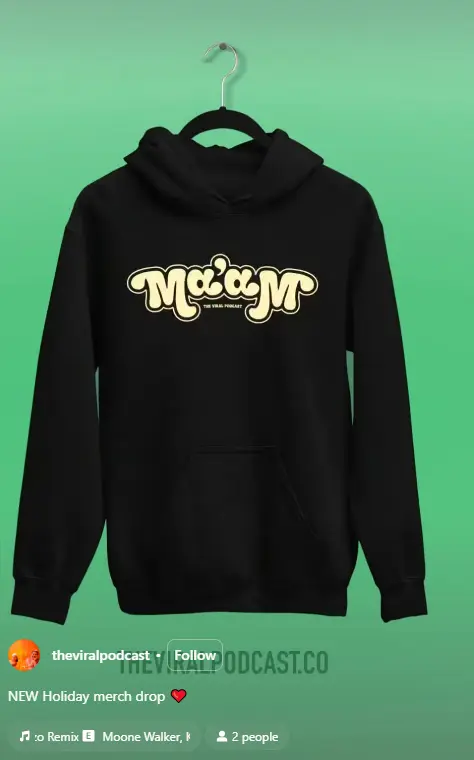
Top 5 Causes of Low Traffic on Shopify
1. Ignoring SEO
Search engine optimization, also known as SEO, is one of the biggest missed opportunities for Shopify stores. Without optimizing your product titles, descriptions, and meta tags, search engines won’t know what your store sells. As a result, your products won’t appear when potential customers are searching for them.
2. Relying Too Much on Paid Traffic
Paid traffic is essential, especially for new stores with little to no presence in the market. But relying solely on paid traffic without investing in brand building can hurt your long-term growth. Your traffic is tied to your ad budget—if spending is reduced or stopped, your traffic drops immediately.
The key is to balance paid traffic with organic sources coming from search engines, social media, LLM, referrals— they all take time to develop, but are more sustainable and more cost-effective. This way, your store gains both immediate traffic from ads and long-term organic reach that will grow your store sustainably.
3. Broken Links
A poor website experience can instantly kill traffic and conversions. Broken links, slow loading times, or confusing navigation make visitors leave before they explore. Even small technical issues — like checkout errors or missing product images — can hurt your ranking and ad performance.
4. The Catalogue Is Too Large
Having hundreds or thousands of products isn’t the issue itself. The problem occurs when merchants add every possible product to their store without organizing categories, optimizing product pages, or prioritizing their highest-potential products.
The result? A cluttered site frustrates both Google and shoppers—search engines struggle to index pages, and visitors struggle to find what they want, leading to lower traffic and engagement.
5. Not Monitoring Traffic from Clicks to Conversions
“Your best-selling product might secretly be your biggest loss”, Harry Chu, Founder of TrueProfit recently said, and the same happens with your traffic source without tracking its conversion rate.
When you don’t track traffic performance through the full funnel, you can’t identify which sources bring high-intent buyers and which attract low-quality visitors. Over time, it will reduce your reach and visibility on the most meaningful touchpoints — where visitors are most likely to add to cart, convert, and ultimately bring profit.
The key is to diagnose traffic sources from top to bottom of your funnel. Start by tracking impressions and CTR, then measure deeper funnel metrics like add-to-cart rate, conversion rate, and finally evaluate net profit, net profit margin, and net profit on ad spend to identify high-performing channels.
The Most Common Traffic Sources for Shopify Merchants
In 2026, most Shopify stores get their visitors from a mix of organic, paid, and community-driven sources.
A large share still comes from organic search, where potential customers discover your store naturally through Google or Bing results.
Then there’s paid ad traffic, where visitors land on your site after clicking your ads on platforms like Facebook, TikTok, or Google. Some of your most loyal visitors probably come from email campaigns, especially if you send product updates, special offers, or cart recovery emails.
Meanwhile, referrals, affiliates, and influencers drive trust-based traffic through partnerships and recommendations.
People also find your store through honest recommendations in groups like Reddit, Quora, or Facebook, called the community and forum traffic.
And with the rise of AI, LLM platforms like ChatGPT, Perplexity, and Gemini can be a new source of high-intent, organic traffic for your Shopify store.
Spot Your Most Profitable Marketing Traffic
A good marketing channel can bring a large volume of high-intent visitors to your store, but that alone doesn’t make it your most profitable traffic source.
Traffic only becomes profitable when those visitors not only convert into customers but also generate a healthy margin — meaning each order leaves positive profit after all costs, and that’s what we call truly profitable traffic.
In this sense, net profit, not ROI, should be the ultimate KPI for evaluating the quality of your marketing sources. Net profit reflects the real performance of each traffic source by including every cost involved — from ad spend and marketing expenses to product costs, shipping fees, platform charges, payment gateway fees, and other operational costs — ensuring every traffic channel genuinely contributes to your bottom line.
For anyone looking to monitor ad channel performance alongside overall store profitability, TrueProfit is the #1 trusted solution by thousands of Shopify merchants. It’s a complete net profit analytics tool that provides:
- Real-time Profit Dashboard: Keep track of the most critical financial metrics including net profit, revenue, COGS (product cost), shipping cost, ad spend, total cost, net profit on ad spend, customer lifetime value, customer acquisition cost, and more - all in one real-time dashboard.
- Multi-Channel Ad Performance Tracking: Measure true impact of every marketing channel and spot the top & low-performing ad campaigns after all costs. Seamless integration with major ad platforms like Facebook, Instagram, Google, TikTok, and more.
- Profit Per Product Tracking: Identify the most and least-profitable products by tracking net profit per item.
- PnL Performance Report Over Time: Reveal profit & loss change with other financial metrics performance over time — by week, month, or year.
- Customer Value Tracking: Spot true value of customers by comparing the return per acquisition cost.
- Mobile Profit Dashboard: Stay on top of your store's profit and costs on the go.


With the app, spotting your most profitable traffic sources becomes effortless, allowing you to make smarter, data-based decisions that drive real business growth from your most valuable traffic.
Irene Le is the Content Manager at TrueProfit, specializing in crafting insightful, data-driven content to help eCommerce merchants scale profitably. With over 5 years of experience in content creation and growth strategy for the eCommerce industry, she is dedicated to producing high-value, actionable content that empowers merchants to make informed financial decisions.

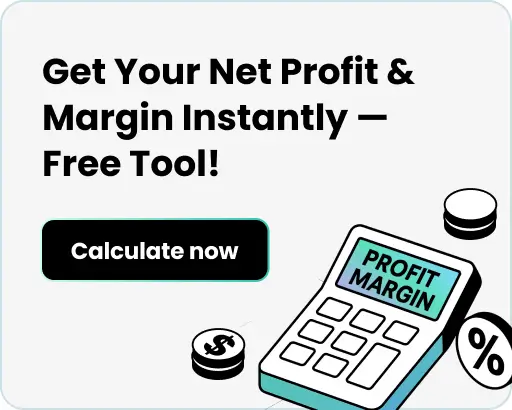
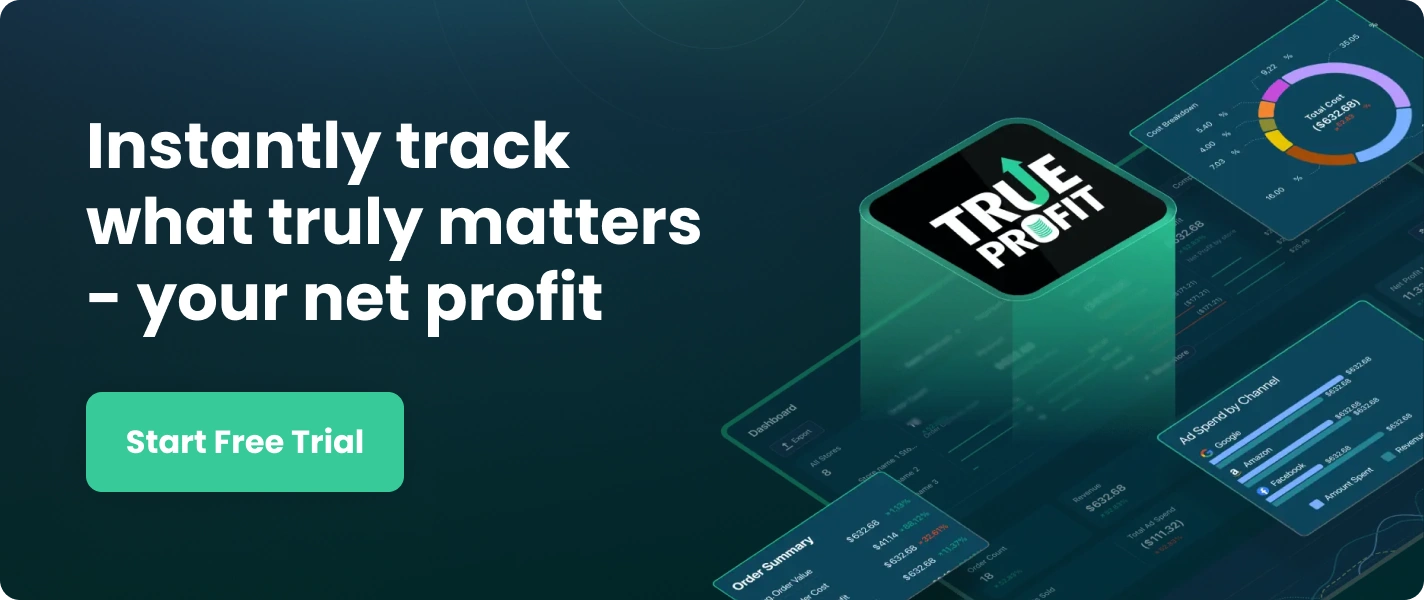


 Shopify profits
Shopify profits